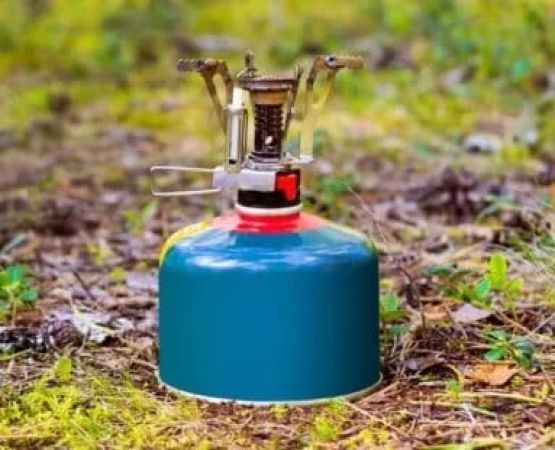How to Prepare for a Camping Trip in High-Altitude Environments
- 1. Understanding High-Altitude Environments
- 2. Planning Your High-Altitude Camping Trip
- 3. Essential Gear for High-Altitude Camping
- 4. High-Altitude Camping Safety Tips
- 5. Top High-Altitude Camping Destinations
1. Understanding High-Altitude Environments
Camping at high altitudes presents unique challenges that require careful preparation. At elevations above 8,000 feet, the air pressure decreases, which results in lower oxygen levels. This can lead to altitude sickness, which affects many first-time high-altitude campers. In these environments, temperatures can drop dramatically, even in summer, and weather conditions can change rapidly. Understanding these aspects will help you prepare better and avoid common pitfalls.
High-altitude regions also tend to be more isolated, meaning you'll need to be extra mindful of your resources, such as water and food. Being aware of the risks and benefits of such environments is essential for a successful trip.
2. Planning Your High-Altitude Camping Trip
When planning a high-altitude camping trip, your first priority should be choosing the right location. Research the elevation, terrain, and weather conditions at potential campsites. Start by selecting areas that are known for being suitable for high-altitude camping, such as the Rocky Mountains in the United States or the Swiss Alps in Europe.
Ensure that your route is manageable given the altitude. If possible, try to acclimatize gradually by spending time at lower elevations before heading higher. This will reduce your chances of suffering from altitude sickness and make the transition to high altitudes easier.
3. Essential Gear for High-Altitude Camping
Proper gear is critical when camping at high altitudes. A high-quality tent designed for extreme weather is essential, as high-altitude environments often experience strong winds and sudden storms. Choose a sleeping bag that is rated for lower temperatures, as it can get very cold at night. For clothing, layering is key—bring moisture-wicking base layers, an insulating mid-layer, and a waterproof outer layer.
In addition to clothing and shelter, make sure to pack a reliable stove and cookware. Cooking at high altitudes requires specific tools that can function efficiently in thin air. Also, hydration is vital, so a portable water filter or purification tablets will be necessary if you’re camping in remote areas where clean water sources are not guaranteed.
4. High-Altitude Camping Safety Tips
Safety should be your top priority when camping in high-altitude environments. Altitude sickness is a real concern, and it can manifest as dizziness, headache, and shortness of breath. To reduce the risks, take it slow when ascending and allow your body time to adjust at each altitude before going higher.
Always keep an eye on the weather, as conditions can shift quickly in high-altitude areas. Stay informed about storms or snow, and be prepared to retreat if necessary. If you experience severe symptoms of altitude sickness, descending to a lower altitude is the best course of action.
5. Top High-Altitude Camping Destinations
There are countless stunning high-altitude camping destinations across the globe. In North America, you can explore the vast wilderness of the Colorado Rockies or the rugged beauty of the Grand Teton National Park in Wyoming. If you’re looking for alpine views, the Swiss Alps and the Dolomites in Italy offer incredible camping spots with breathtaking scenery.
If you prefer a more remote experience, the Andes in South America offer high-altitude campsites surrounded by some of the most dramatic landscapes in the world. For a mix of luxury and adventure, consider staying at the Pine Cliff Resort in a high-altitude desert environment, where you can experience serene views with world-class amenities. To learn more about this unique experience, click here for details and booking.






